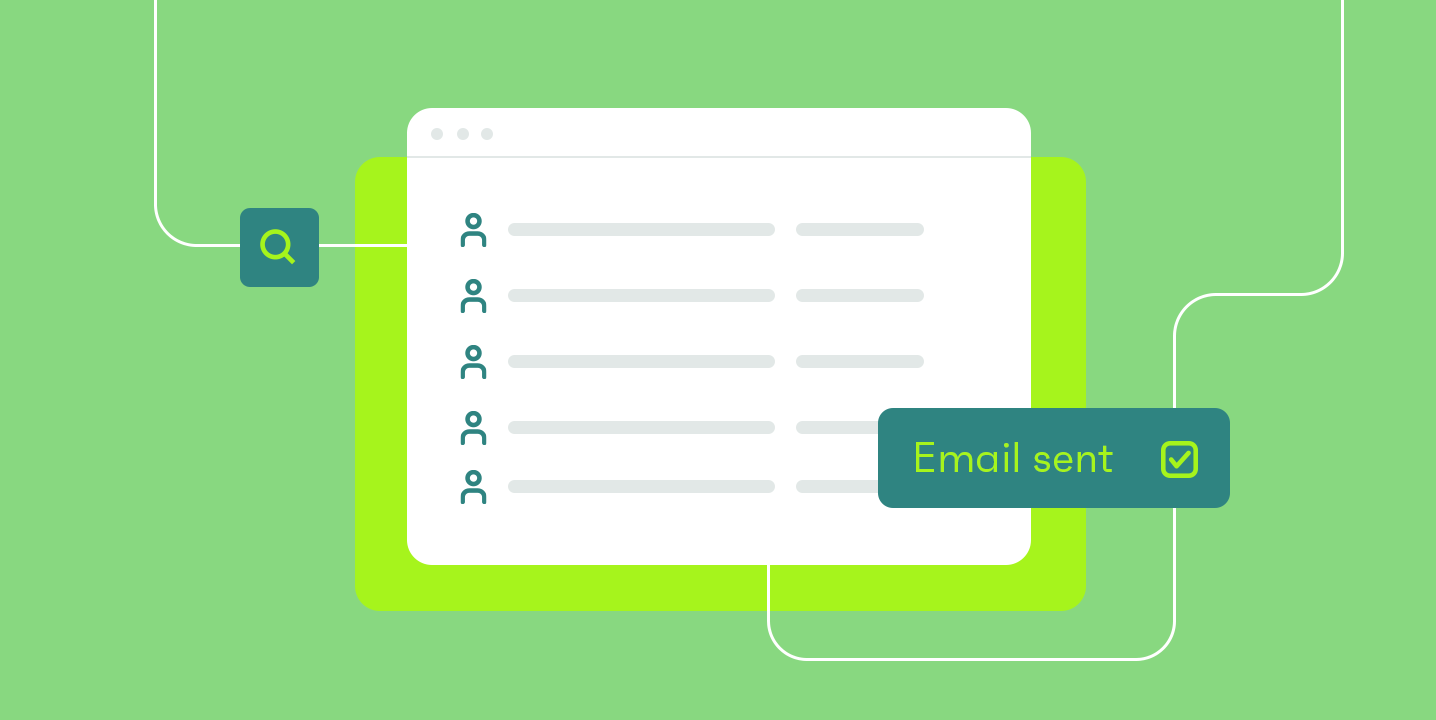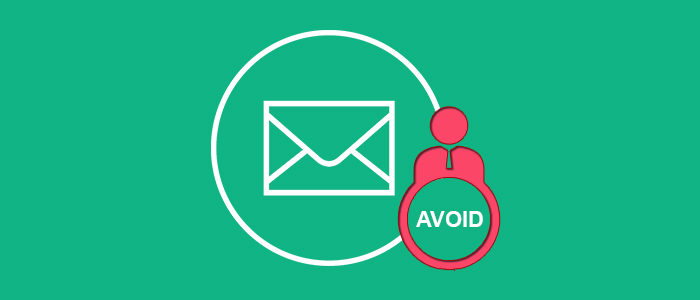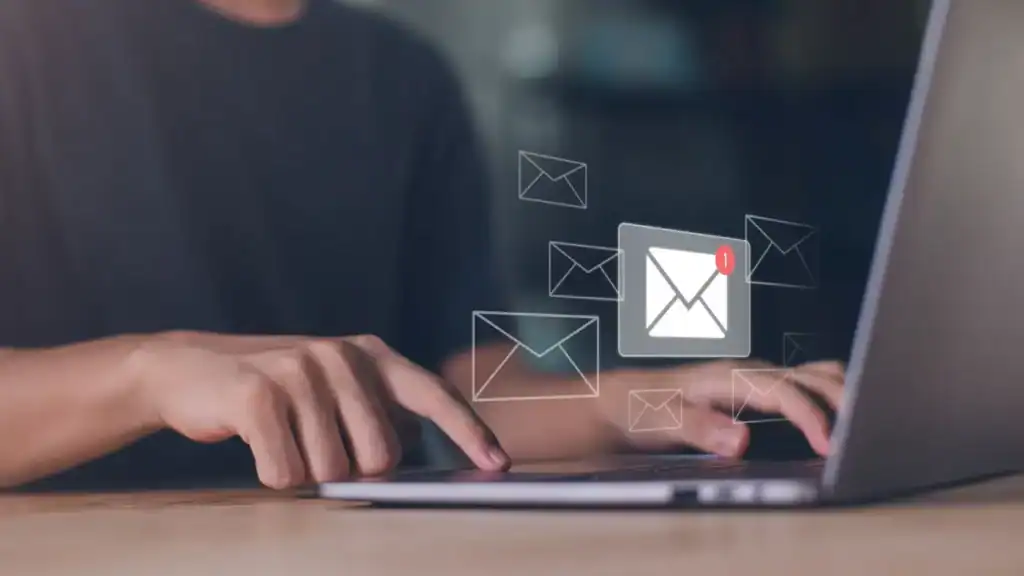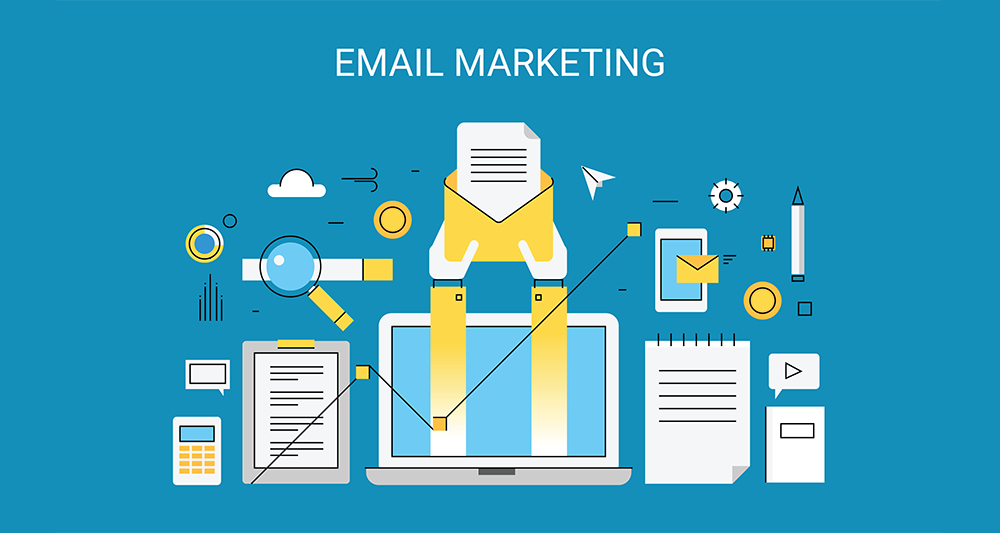Email marketing is a powerful tool for connecting with your audience—regardless of your industry. Whether you’re aiming to generate leads, build loyalty, or increase revenue, a targeted email strategy can help you reach those goals. Here’s how to make it work across different sectors, and what best practices to follow.
Know Your Audience
Understanding your audience is the foundation of any successful email campaign. You need to know their needs, preferences, behavior, and expectations. Use surveys, analytics, and CRM data to build accurate segments. Then, personalize your messaging to align with what matters most to each group. This approach boosts engagement, trust, and conversion rates.
Choose Your Goals and Metrics
Each industry has different objectives. E-commerce businesses may focus on sales and retention, while education institutions might prioritize enrollments and student satisfaction. Define your campaign goals clearly and track metrics like open rate, click-through rate, conversion rate, bounce rate, and unsubscribe rate. Measuring performance ensures your strategy stays aligned with business outcomes.
Create Your Content and Design
Craft compelling subject lines, strong headlines, engaging copy, and clear calls to action. Your design should reflect your brand identity while ensuring usability across all devices. Use responsive layouts, accessible fonts, and optimized images to deliver a consistent experience. Avoid spam triggers and focus on clean, concise messaging.
Test and Optimize Your Campaigns
Email marketing is most effective when continuously refined. Use A/B or multivariate testing to experiment with different elements—subject lines, send times, visuals, and content. Analyze the results, learn what resonates with your audience, and optimize future campaigns accordingly. Regular testing leads to higher performance and stronger ROI.
Automate and Scale Your Campaigns
To save time and increase reach, use automation tools to build workflows, trigger emails based on behavior, and personalize messages at scale. Platforms like Mailchimp, Klaviyo, or HubSpot allow you to segment audiences, schedule sequences, and monitor campaign results efficiently. Automation ensures timely communication without sacrificing relevance.
Follow Best Practices and Regulations
Compliance is non-negotiable. Adhere to privacy laws such as GDPR, CAN-SPAM, or CASL depending on your region. Always gain consent before emailing, offer clear opt-outs, and maintain list hygiene by removing inactive contacts. At the same time, focus on delivering value—whether through insights, offers, or updates—to maintain audience trust.
Final Thoughts
Email marketing isn’t one-size-fits-all. It must be tailored to industry needs, audience behaviors, and business objectives. Whether you’re in finance, healthcare, retail, or education, success depends on understanding your audience, setting clear goals, crafting effective messages, testing consistently, automating smartly, and staying compliant. By doing so, you can turn email into one of your most reliable channels for growth.




